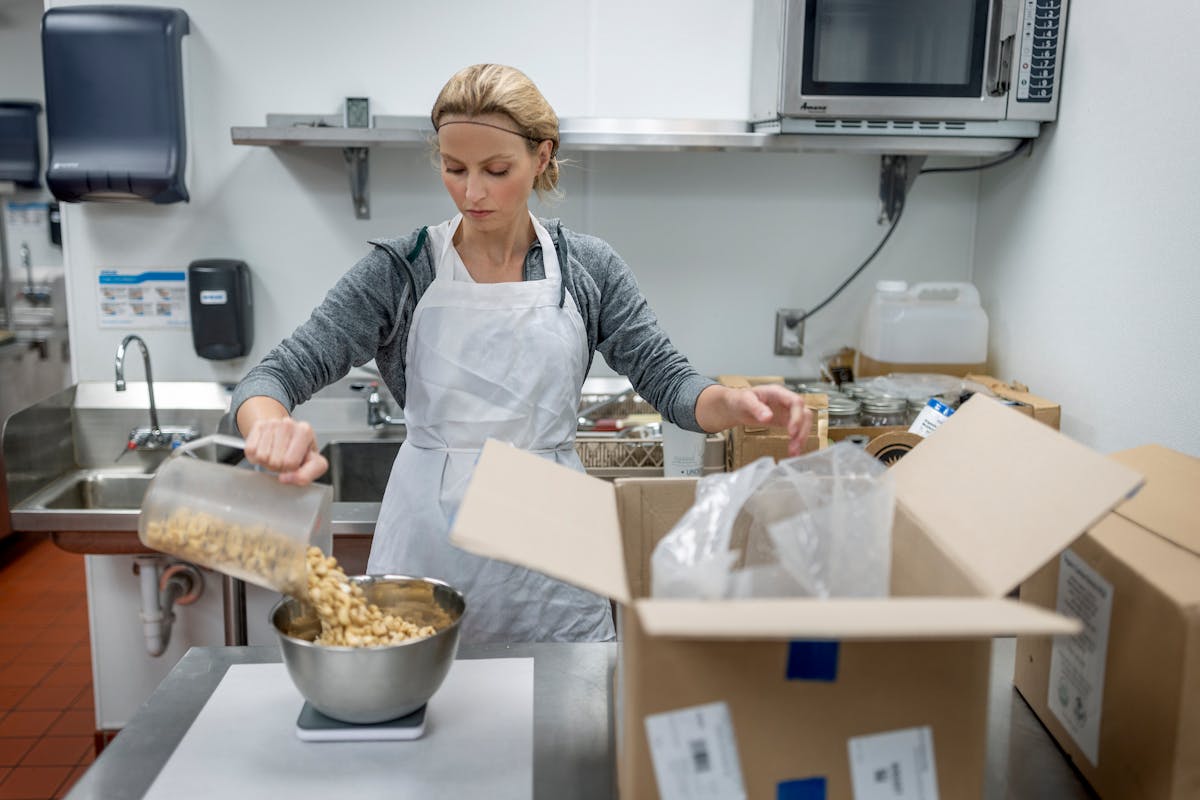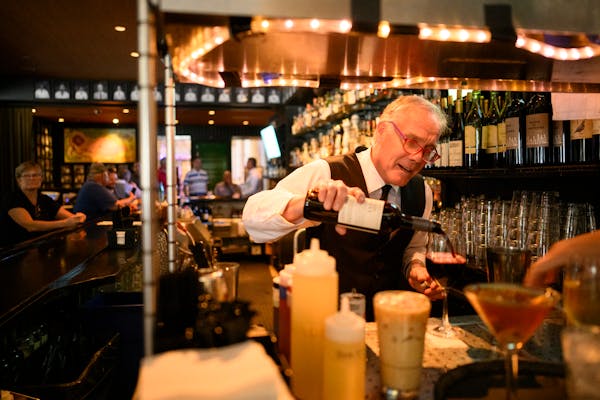Chris Knezevich used to be a bartender and likes to tip generously, especially during the holidays.
Besides a standard tip, he'll soon start bringing extra cash to his favorite restaurants.
"At Christmastime we like to pay it forward," said Knezevich, an instructor at the College of Hospitality, Retail and Sport Management at the University of South Carolina. "We may bring $100 and we'll leave that $100 tip as a Christmas bonus."
He also gives $40 a person to his housecleaning service. It's his way of saying thank you.
For advice on how to tip during the holidays and all year long when traveling, dining out, getting a tattoo, we turned to Knezevich and other industry insiders for their ideas.
During the holidays
The holidays are a good time to reward providers of services that don't necessarily involve regular gratuities, such as babysitters, day-care providers and personal trainers. "It helps them buy Christmas presents," Knezevich said.
Emily Post wrote her first book, "Etiquette," in 1922 and her eponymous family business now dispenses advice for all situations even as times change, including recommendations for tipping at the holidays.
First and foremost, consider your budget. When cash is tight, homemade gifts are an alternative and so is expressing your thanks in words.
Things to keep in mind for a cash tip are your relationship with the service provider and length of service. In some cases, such as if you want to tip a home health aide, check the rules of their agency.
When giving a cash tip, include it with a handwritten note, according to the Emily Post holiday tipping guide. Possible tips could be for a:
- Babysitter: An evening's pay and a small gift from your children.
- Housekeeper: Up to one week's pay and/or a small gift.
- Caregiver: Up to a week or month's pay or a gift. (Remember to check the employer's rules.)
- Personal trainer: Up to the cost of one session or a gift.
- Mail deliverer: U.S. Postal Service rules prohibit cash gifts and gift cards. Gifts worth $20 or less are permitted.
Travel, ride shares and hotels
Do your research when outside the United States. "The one thing I'd caution is to make sure you do your research and know the culture," said Gunnar Olson, a travel reporter for Thrifty Traveler. "In Japan, for instance, tipping is offensive."
At home in the Twin Cities, when taking an Uber or Lyft, Olson tips 15% to 20% for the ride.
When he travels farther afield, he likes to carry small bills to make sure he can quickly give a couple of dollars to those who he encounters like shuttle drivers.
At hotels, Olson recommends tipping housekeeping by putting $1 to $5 in an envelope or with a note addressed to them. At higher-end hotels, the tip may range from $5 to $10.
"I would say leave it nightly because it's not always the same housekeeper," he said.
Give around $2 a bag plus $1 for each additional suitcase to a hotel employee who carries your luggage or $1 to $2 for hailing a cab, the Emily Post Institute suggests. Tip a valet $2 for bringing your car around.
Some cruise lines offer an optional gratuity fee up front. If you prefer to tip directly, you can skip that upfront cost and fill in the gratuity when signing off on charges along the way to reward good service.
"As far as fairness and making sure employees get all of it, I'd probably tip directly," Olson said.
Salon services
Add tattoos to the list of services such as haircuts, massage and manicures where a tip of 15% to 20% should be given.
Knezevich recommends 18% to 20% and tips his own tattoo artist at the higher end. "He does amazing work."
The old standard used to be that tipping wasn't necessary for owners, but that has changed. "If the person owning the shop is giving me my haircut," Knezevich said, "I'm still going to tip them."
Takeout and meal delivery
Technology has made the ask for tipping pop up everywhere. Despite screens presented with an ask to tip, there's no obligation to tip at a fast food restaurant, coffee shop or other carry-away experience. "If you're just taking it and putting it in a bag, I have a problem with them forcing tips on you," Knezevich said.
He makes exceptions if a takeout order was especially large and often tips for a chai tea made just the way he likes it.
"I like chai tea and I've come to learn not every chai tea is equal," Knezevich said. "If you make a really good chai tea, I'll give you a good tip. I'm thinking two or three dollars."
For delivery, the Emily Post Institute advises that a tip should be 10% to 15% of the delivery bill, or $2 to $5 for pizza delivery depending on the size of the order and difficulty involved in transporting it.
Grubhub suggests a more generous tip, saying its delivery fees don't go to the drivers, which is typical. So, the delivery platform advises a tip of 20% or $5, whichever is more, for a pizza or other food deliveries. Never tip less than $5 though, Grubhub said.
And Grubhub suggests considering adding another 3% to 5% in case of bad weather, if you're ordering several pizzas for an office party or if your location is difficult to access.
Dining out
If not for tips, Marty Thomas, a bartender at Hoggsbreath in St. Paul, said he'd have to find another job. At the bar, he finds people giving him on average a dollar a drink if paying in cash or 15% to 20% when paying by credit card, which is more typical. Either is fine, he said. At a fine-dining establishment, consider $2 to $3 a drink if paying in cash, experts say. For table service during a buffet, the Emily Post Institute suggests a 10% tip.
The Institute advises tipping pre-tax. Many establishments in the Twin Cities now charge a wellness fee to cover health benefits. Use your own discretion whether you want to tip on these business costs as well as taxes.
Watch for service charges, which replace tipping with restaurant management having discretion on how the money is shared with staff. Any tip you leave in cash or on the tip line goes directly to servers under Minnesota law.
New York City turns to AI-powered scanners in push to keep guns out of the subway system
North Carolina regulators says nonprofit run by lieutenant governor's wife owes the state $132K



